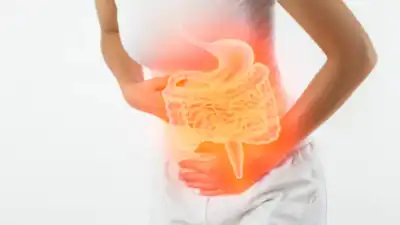Dyspepsia and Gastroesophageal reflux disease ( GERD ) both involve upper abdominal discomfort . However, their symptoms and underlying causes make them distinct from each other.
Signs and symptoms
Dyspepsia commonly referred to as gas represents a combination of symptoms which include upper abdominal pain, burning, early satiation and fullness involving the upper abdomen usually in close relation to food intake. It is broadly divided into functional and organic causes; wherein functional dyspepsia has no underlying cause after evaluation and organic dyspepsia is known to be due to a secondary cause like an infection or ulcer after evaluation.
GERD on the other hand, is due to the back flow of stomach contents into the lower esophagus (food pipe) which gives rise to classical symptoms of heartburn and regurgitation. It may also cause excessive salivation, lump in throat sensation, difficulty or pain in swallowing, chest pain, cough, hoarseness of voice and even nausea. It is primarily caused due to reduced functioning of the muscle at the bottom of the food pipe known as the lower esophageal sphincter. Conditions like obesity, pregnancy, advancing age, certain medications like estrogen supplements, nitrates, and dietary habits involving excess caffeine, chocolates, and peppermint may precipitate GERD. Smoking and alcohol are also major contributory factors.
